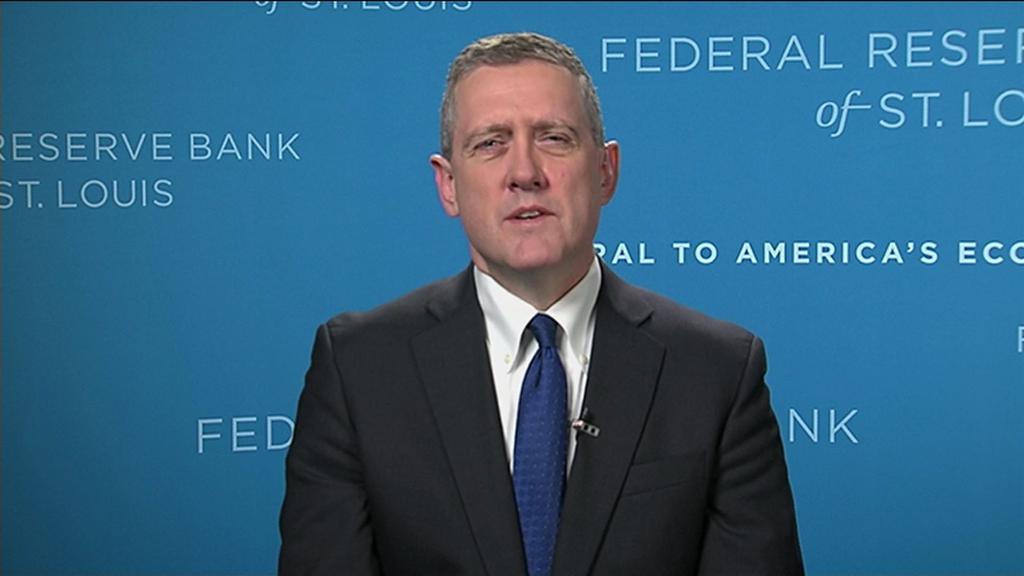
The most widely watched bond rate in the world just hit a milestone.
The yield on the 10-year Treasury note, which helps set rates for auto loans, mortgages and other lending, climbed to 3% on Tuesday for the first time since 2014.
For Americans, that means borrowing costs are on the way up. For Wall Street, it's a warning that higher interest rates may eat into corporate profits and that faster inflation is coming — both of which could eventually hurt the economy.
Investors also worry that the Republican tax cuts for businesses and individuals will cause the economy to grow too quickly.
The Federal Reserve is expected to raise short-term interest rates at least twice more this year and three times in 2019, in an effort to tap the economy's brakes. That will probably lead to even higher rates on longer-term Treasuries.
In another potential warning sign in the bond market, short-term rates have also been rising. The difference in yields between short-term bonds and the 10-year note is narrowing, a phenomenon known as a flattening yield curve.
Why is this a problem? If short-term rates move higher than long-term rates, that creates something known as an inverted yield curve — and that has often happened just ahead of recessions.
Related: Why everyone is stressing about the 10-year Treasury yield
But others argue that Treasury yields should be going up, because the US economy is in good shape. Rates are climbing around the world, too, as Europe's economy stabilizes and China and India post strong growth.
"This is consistent with a good economic backdrop," said Doug Peebles, CIO of AB Fixed Income. Peebles argues that bond rates need to go even higher before Americans will slow their spending.
Investors seem to be growing more nervous, too. Even though blue chip Dow companies Verizon (VZ), Caterpillar (CAT) and United Technologies (UTX) reported strong earnings, the Dow was down more than 250 points in midday trading.


